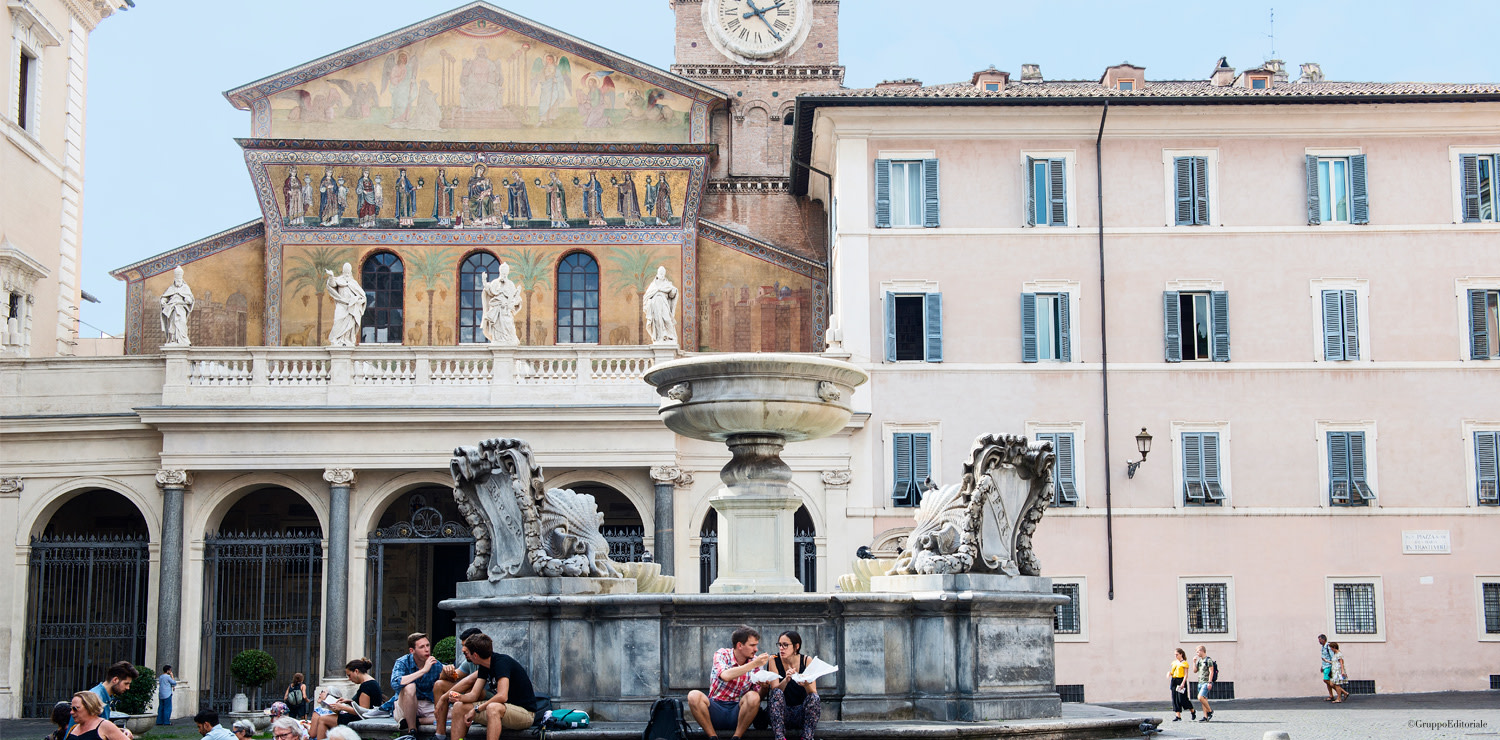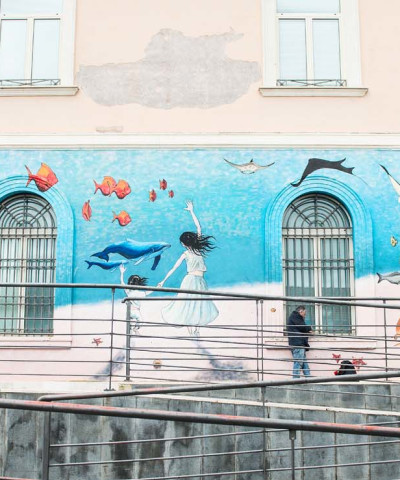Your Rome in your pocket. An exclusive guide to discover the secrets of your city
Roma Eternal City Guide, a compendium for lovers of beauty
The four corners of Rome are compiled in to this small but priceless guide. It is a tribute that our publisher, in collaboration with Hausmann & Co. and Rolex, wanted to pay to the most beautiful city in the world.
BUY YOUR COPY OF ROMA THE ETERNAL CITY GUIDE
Roma Eternal City Guide contains our vast experiences, collected throughout the five years our magazine has recounted the history, faces, traditions and latest developments of the capital, informing its readers about the most important events in art, theatre, cinema and fashion. It is a continuous observatory, but more than that, it’s an immersive and original perspective, where we find the roots of small gem designed for those who want to experience Rome, discovering it through the atmosphere, places and masterpieces, perhaps even those less known, that make it an unforgettable city.
Almost 200 pocket-sized pages lead visitors on a journey comprising never-before-published images and stories. Divided into four neighbourhoods – the Centre, Colosseum, Trastevere and the Vatican – their atmospheres and history are described in an ideal itinerary that touches on the must-see sites: museums, archeological sites, galleries, monuments, churches, palazzi and gardens, as well as views, fountains, columns, obelisks, piazzas…the same wonders admired by the ancient Romans, together with the splendid white/dazzling churches from the Baroque era, the city’s monumental sites and its most contemporary side of art and architecture.
And we can’t forget about the culinary traditions of Rome and elsewhere: indeed, the guide offers an overview of the most typical places to go.
Our journey begins in the Centre, which includes Campo Marzio, Ponte, Regola, Parione, S. Eustachio, Sant’Angelo, Pigna, Colonna, Ludovisi, Sallustiano, Trevi, and Campitellim, where every church conserves a masterpiece, every piazza vaunts a legend. Italy is here: politics, luxury shopping and sacred and secular art can be found amongst palazzi, monuments and stunning views. We start at the Pantheon before moving to piazza di Spagna and up to Trinità dei Monti, after which we come to the Villa Borghese and MAXXI, the contemporary art museum designed by Zaha Hadid. We pass by – just to name a few cult places – the most exclusive shopping streets (like via del Babuino, via del Corso and via Frattina), the lively piazza Campo de’ Fiori, with its legendary market, and piazza Navona, where we can admire the comparison between the two giants of Baroque art: Bernini, with his magnificent Fontana dei Quattro Fiumi, and Borromini, with his Church of Sant’Agnese in Agone.
Our itinerary moves on to monumental Rome, the area that we named – what else could it be called? – Colosseum (the neighbourhoods of Castro Pretorio, Esquilino, Monti, Ripa, Testaccio, San Saba and Celio). Here, we can still breathe in the grandeur of ancient Rome, the heart of a vast empire that today we could only imagine. We could perhaps begin at the amphitheatre that Vespasian commissioned to entertain his subjects. It could hold 70,000 people, nothing compared to the 400,000 capacity in the nearby Circus Maximus. It’s here that we find the wonders of the Roman Fora, as well as the more “recent” iconic places, like Il Vittoriano (also known as Altare della Patria), where the Tomb of the Unknown Soldier is located, a symbol of all the soldiers who fought in World War I.
But Rome is not only culture and history, as we can see in the Trastevere neighbourhood, the most colourful and lively in the entire city. In addition to the beautiful piazza di Santa Maria in Trastevere, with its magnificent namesake church built in the Byzantine era, the quarter also vaunts the picturesque Tiber Island, Botanical Gardens and piazza Trilussa, which comes to life in the evening with all the passersby stopping here in their quest to eat at one of the many restaurants and bars dotting the surrounding streets.
Of course, an entire chapter is dedicated to the Vatican, the smallest country in the world, with only 605 inhabitants but which, to make up for it, is visited by 5,000 people every day. It is the universal centre of Christianity and, at the same time, the vastest art museum in the world. It is a world unto itself and a treasure chest of extraordinary masterpieces. St. Peter’s Basilica, the Sistine Chapel, the Vatican Museums, Castel Sant’Angelo… Once outside the fortress, we’ll come to the 19th-century Prati neighbourhood, an elegant residential area dotted with restaurants, cafes and boutiques.
Lastly, the guide contains a map of must-see attractions outside the centre, like the renovated EUR and the magnificent Roman castles on the hills and along the coast, as well Cinecittà and Olympic Stadium.











